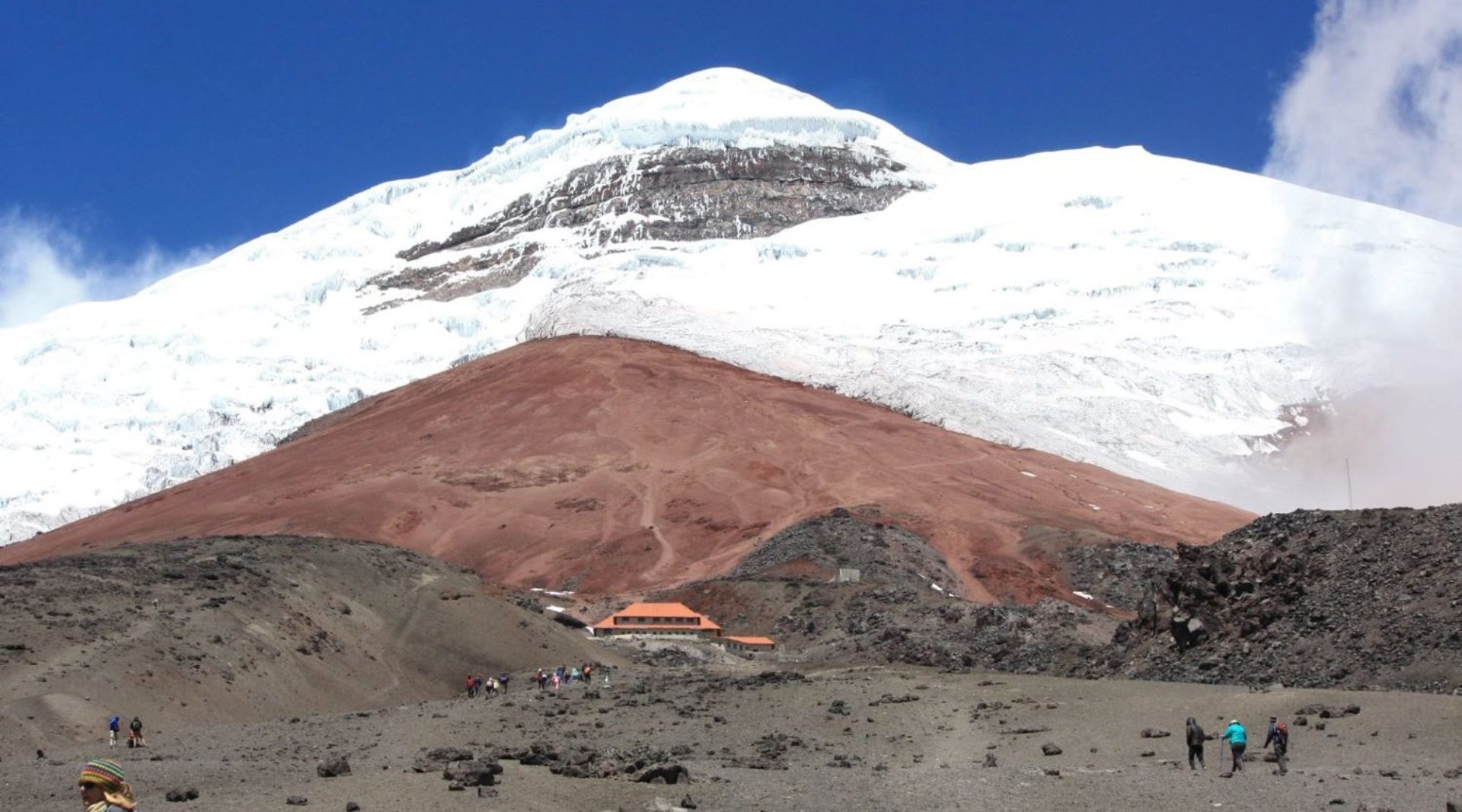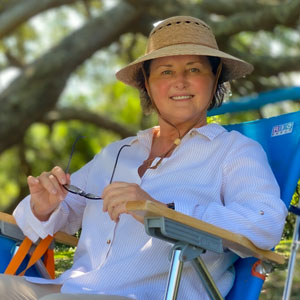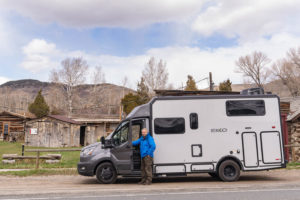Volcanoes, Wild Horses, and a Beautiful Bouquet of Roses
The wispy clouds of morning parted to reveal the white-capped peak of Cotopaxi Volcano. Wild horses grazed among colorful wildflowers on the grasslands below.
The morning’s windswept landscape at Cotopaxi National Park contrasted with the domestic beauty of the afternoon at Rose Success Farm. Row after row of red, yellow, and pink roses adorned the tops of rose bushes that grew more than head high. After that day, I would always associate a bouquet of beautiful roses with snow-capped volcanoes and wild horses.

Wild Horses at Cotopaxi National Park, Ecuador, courtesy Aleigha Blakley
Cotopaxi National Park is vast, 82,000 acres of natural landscape within driving distance of Quito. Visitors to the capital city of Ecuador will not want to miss this unforgettably beautiful landscape. The Park offers an assortment of outdoor activities for action enthusiasts. Hiking, biking, horse riding and camping are a few of the favorites. Our group of travelers took a bus from Quito and spent the morning on a windshield tour of popular sections of the park.
From the comfort and warmth of our bus, we were awed by the vast and colorful landscape.
Wild horses grazed on verdant grasslands that rose skywards in the distance, providing a curtained backdrop of green. Colorful wildflowers were scattered in patches across the landscape. Chuquiraga Jussieu, known as “flower of the Andes”, is a shrub that grows as tall as three and a half feet with pale yellow and orange tips. Gentian, named for its violet blue trumpet-shaped blooms grows closer to the ground.

Chuquiraga Jussieu wildflowers at Cotopaxi National Park, Ecuador, Marie Goff

Gentian wildflowers at Cotopaxi National Park, Ecuador, courtesy Aleigha Blakley.
At 19,000 feet, Cotopaxi is the second highest active volcano in the world and forms part of Ecuador’s “Avenue of Volcanoes”. Our bus stopped at 15,000 feet and we got out to take pictures. The air was thin, and a strong cold wind was blowing. We got off the bus and braced ourselves to walk a short distance. Before long, our breathing grew shallow and more difficult. On the way into the park, we had stopped at the Visitor’s Center to drink hot coca tea or chew coca leaves to ward off altitude sickness.

Rose Success Farm, Cotopaxi, Ecuador, Marie Goff
It was not on our agenda to visit a rose farm. We were scheduled to take a three hour walk around Limpiopungo Lagoon, one of Cotopaxi National Park’s beautiful glacier lakes. The lake is a popular destination to get close-up views of flora and fauna. But we were near the end of an eco-adventure that had us hiking in the Amazon rainforest, inner tubing down the Rio Napo, walking on volcanic lava rock and snorkeling in the Galápagos Islands. When our guide offered the chance to visit a rose farm, we readily agreed! Ecuador’s stunning geography and equatorial climate play a vital role in its economy, especially relating to cut roses which are among its top exports. Plus, who could turn down a dreamy afternoon at a rose farm?
Ecuador is a world leader in rose production and cut flowers are one of its top ten exports.
Rose Success Farm is located in Cotopaxi province and easily accessed in a day trip combined with a half-day tour of Cotopaxi National Park. We were greeted at the entrance to the rose farm by general manager, Paul Cevallos T. He explained why this area of Ecuador grows the most beautiful roses. It’s the nutrient rich volcanic soil; the climate at the approximate altitude of 10,000 feet; and the luminosity near the equator that combine to create long stems, large rose buds, and healthy foliage.

Rose Success Farm, Cotopaxi, Ecuador, Marie Goff
We walked past row upon row of rose bushes taller than us, each one with multiple buds and blossoms from the deepest reds to the palest pinks perched atop stems more than five feet in length. For many clients, the height of the stem and the large size of the bloom is the remarkable characteristic that makes Ecuadorian roses the most beautiful in the world. In addition to traditional colors such as red, pink, and white, and multi-colored roses, we found non-traditional colors available, such as orange, lavender, and deep blue. There are roses to fit any mood, with exotic names such as Moonstone, Pink Floyd, Stardust, and Voodoo.

The Store at Rose Success Farm, Cotopaxi, Ecuador, Marie Goff
Workers in the production room quietly and efficiently sorted stems, checked grades, and bunched roses for refrigeration where they awaited transport.
The room was filled with boxes of roses in every color. Together they dazzled like jewels!

Rose Success Farm, Cotopaxi, Ecuador, Marie Goff
In a matter of days, the roses would cross oceans and continents to eventually reach lucky recipients in locations as diverse as the United States and Russia. Rose Success ships out a whopping 25 to 30,000 exquisite roses a day. They attribute twenty years of success to “ensuring quality and consistency while benefiting the employees and the environment”.

Rose Success Farm, Cotopaxi, Ecuador, Marie Goff

Rose Success Farm, Cotopaxi, Ecuador, Marie Goff
Find a detailed list of day-tours and other adventures departing from Quito and other locations to Cotopaxi National Park at viator.
For more information about Rose Success Farm click here.
How We Got There

Julie Cliff is from Mt Pleasant, S.C. She has organized eco-adventures for students, families, and friends since 1993 to exotic locations around the world:
Costa Rica, Ecuador, The Galapagos Islands, The Amazon, Peru, The Bahamas, Cuba, South Africa, Zimbabwe, Botswana, Iceland, Australia, and New Zealand.
______________________________________________________________________________

Aleigha Blakley is a talented photographer and artist. She generously shared some of her amazing pictures including the featured picture, that she took on our trip to Cotopaxi. Here she photographs whale bones on Fernandina Island, Galápagos.




